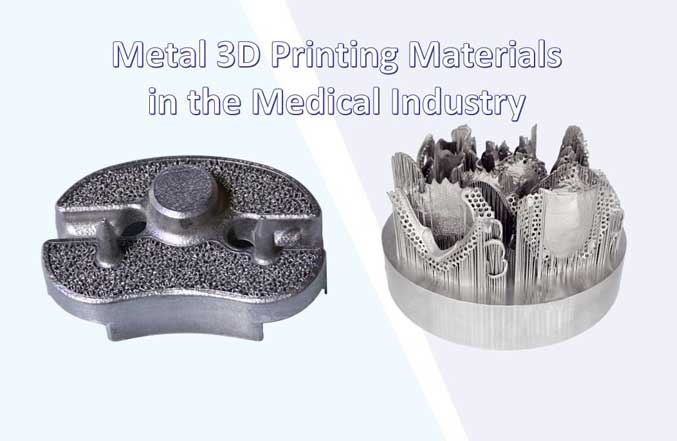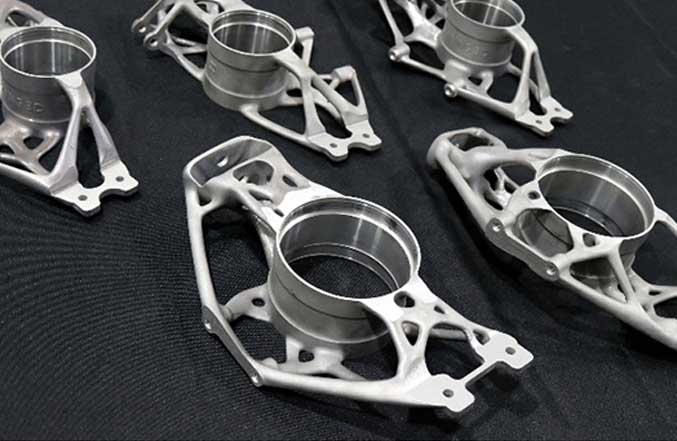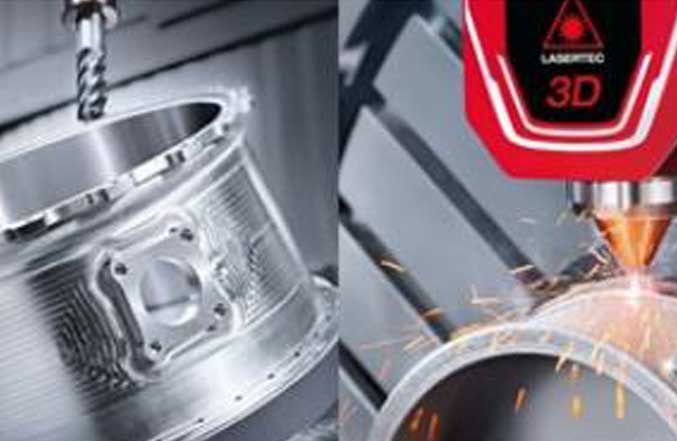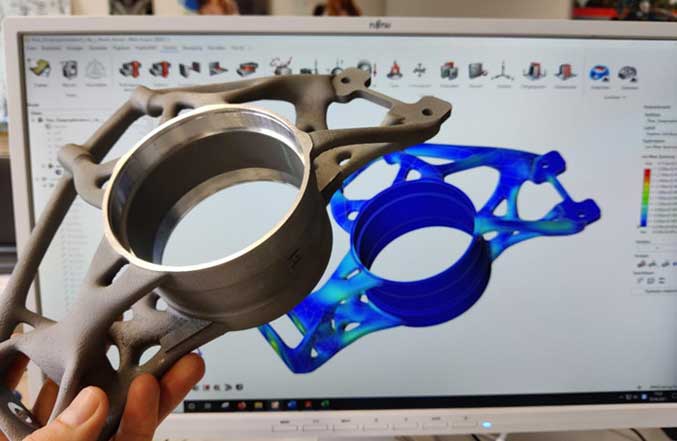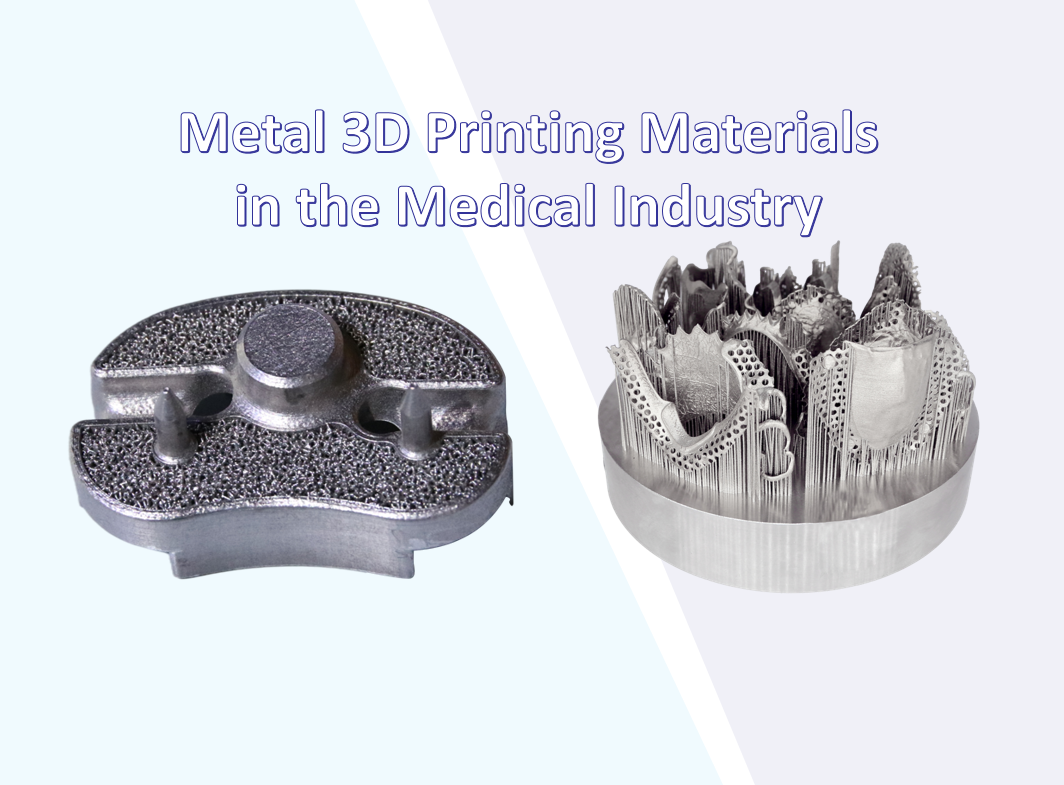
Metal Medical materials, also known as surgical implant metal materials, are mainly used for diagnosis, treatment, replacing tissues in the human body or improving their functions. In recent 20 years, although the development of metal medical materials is slower compared with biomedical materials such as polymer materials, composites &hybrid and derivative materials, it has many irreplaceable excellent properties such as high strength, good toughness, bending fatigue strength and excellent processing properties. It is the most widely used load-bearing implant material in clinical application. Especially with the development of metal 3D printing technology, metal medical materials have been more widely used. The main applications listed as followed: Spinal implant ,dental industry and so on.

Cage implant printed by EP-M260 Dental crown printed by EP-M150
Common Metal Medical Materials
Metal medical materials for clinical application mainly include stainless steel, cobalt alloy, titanium alloy, etc.
Stainless steel as biomedical material is an iron-based corrosion-resistant alloy. It is one of the earliest developed biomedical alloys. It is characterized by easy processing and low price. The corrosion resistance and yield strength can be improved by cold processing to avoid fatigue fracture. Stainless steel is used to make medical instruments: knives, scissors, needles, etc. At the same time, it is used to make artificial joints, fracture internal fixators, dental orthopedics and other devices.
Co-based alloy as biomedical material is also a metal medical material commonly used in medical treatment. Compared with stainless steel, medical cobalt alloy is more suitable for manufacturing long-term implants with harsh bearing conditions in the body, and its corrosion resistance is 40 times higher than that of stainless steel. Cobalt alloy is mainly used to make artificial hip joint, knee joint, joint buckle nail and so on.
Ti-based alloy as biomedical material is one of the best known metals with biological affinity. Since the 1940s, titanium and titanium alloy have been gradually applied in clinical medicine. In the mid-1970s, titanium and titanium alloys began to be widely used in medicine and became one of the most promising medical materials. At present, titanium and titanium alloys are mainly used in plastic surgery, especially in the reduction of limb bones and skull, and are used to make various fracture internal fixation instruments.
Future development direction of metal medical materials
Both doctors and patients hope to use the best metal medical materials. The safety and reliability of long-term use are the basic requirements for metal medical materials. Therefore, the future development of metal medical materials will continue to focus on improving the safety, reliability and biocompatibility.
Establish a systematic basic database on the toxicity of metal elements to human body, use big data to study and analyze the correlation between the toxicity of metal elements inside and outside the human body, as well as the molecular level research of implanted metal materials and human body. Using molecular biology technology to study the influence of metal elements on human tissue at the molecular level, so as to further understand the influence of metal medical materials on human body.
For the metal medical materials currently in use, new technologies and processes such as 3D printing are adopted to complete the customized printing of medical devices. In reality, the patient's condition is different, and the doctor's operation is also different. Each operation has its own uniqueness. Customized printing for this different situation will provide convenience for doctors and patients and be more conducive to the success of the operation.
